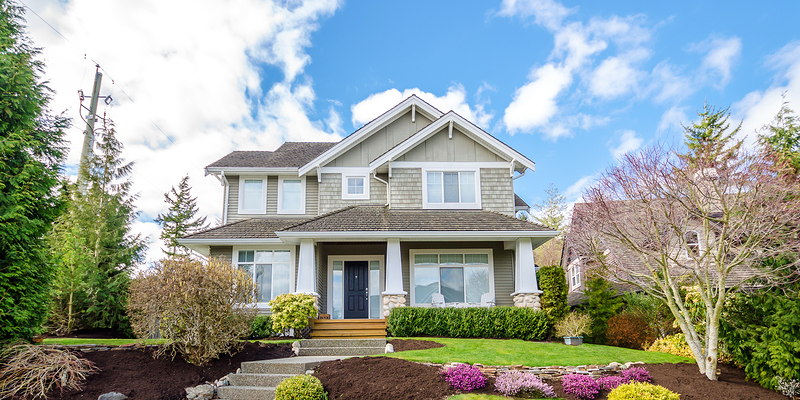the right broker for you.
Contact Us
We will get back to you as soon as possible
Please try again later
Contact Us
We will get back to you as soon as possible
Please try again later
But They Said It Was Portable…
Short Version:
The question most often asked: ‘ Is my mortgage portable? ’
The answer most often given: ‘ Yes.’
This answer is increasingly wrong .
In reality you qualify to move ~80% of the balance… maybe.
If you are thinking of:
- Moving (upsizing or downsizing)
- Locking a variable-rate mortgage into a fixed-rate product
… you would be well served to read the long version.
Long Version:
The above question is incomplete. To be fair, you would have no way of knowing this. The person answering it should know better than to give you a one-word answer.
The proper question: ‘Do I need to re-qualify for my current mortgage to move to a new home?’
The proper answer: ‘Yes, your mortgage is portable, but only if you re-qualify under today’s new and more stringent guidelines.’
The person answering the portability question should only be your Mortgage Broker. They alone can answer the question accurately, and only with a complete and updated application, along with all supporting documents to confirm the maximum mortgage amount under current guidelines .
Too many clients learn this lesson the hard way. They sell their existing property before speaking with their Mortgage Broker, and in some cases they also enter binding purchase agreements under the mistaken assumption they can just port their mortgage.
Key Point – Do not ask if your mortgage is portable (99% of them are). Ask if you currently qualify to move your mortgage to a new property.
Key Point – The federal government has created a dynamic in which there are two different qualifying rates for mortgage approvals. And the one used yesterday to get you into a five-year fixed rate mortgage is not always the same one that is used if you want to move that same mortgage to a new home down the street, even just one day later.
Key Point – One day into your five-year fixed mortgage, you are now subject to the stress test. In a nutshell, the stress test applies the higher qualifying rate and effectively reduces your maximum mortgage approval by ~20%.
Meaning that you may only be able to port 80% of the current balance to another property… just one day later.
So, what’s the fix?
The best fix – The government could add a simple sentence to their lending guidelines along the lines of ‘ If a borrower qualified for their mortgage at the five-year contract rate at inception, then the borrower shall be allowed to re-qualify at that original rate when moving their mortgage to a new home. ’
Currently this fix does not exist.
The current fix – Well it’s no big deal at all. You simply pay a penalty to break your current five-year fixed mortgage and then apply for a new five-year fixed mortgage. Said penalty amount? Typically, around 4.5% of the mortgage balance – i.e., a $14,000 penalty on a $300,000 mortgage balance.
Seems reasonable, right?
It’s entirely unreasonable . This is a horrible ‘fix’, because it is not a fix at all. If you bought with 5% down, and then a few months later were transferred to another province and had no choice but to move, this represents your entire down payment vanishing due to an oversight by the federal regulators.
While in Ottawa earlier this year I met with staff of the Minister of Finance’s office and raised concerns about the impact of this specific negative loophole in the current legislation. This error effectively fattens the coffers of the chartered banks (in particular) at the expense of the Canadian homeowner.
I was advised that because just 1% of Canadians port their mortgage, this was seen to be ‘anecdotal’. Lost on said staff was the fact that significantly more than 1% are not able to port at all, rendering the statistic useless.
If you have been personally caught in this ‘portability trap’ it felt more like total devastation than it did ‘ anecdotal ’. And by all means you should make your voice heard. Either share your story with me directly or better yet via www.tellyourmp.ca
This article was written by CME’s Dustan Woodhouse, Accredited Mortgage Professional with Dominion Lending Centres, and was originally published here.


QUICK LINKS
HEAD OFFICE

Copyright © 2023 DLC Canadian Mortgage Experts. All Rights Reserved | Privacy & Content Policy

